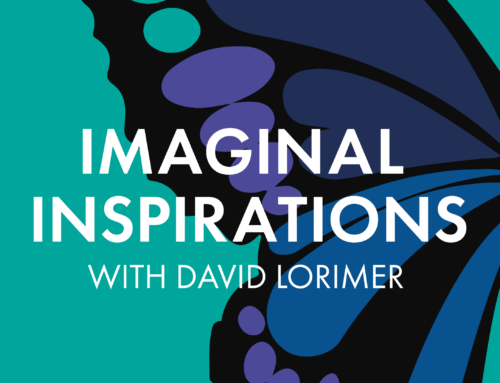Introduction
After many decades as a practising scientist in the realm of molecular biology (DNA replication and repair, cell signaling, gene expression in development, epigenetics, embryonic stem cells, diagnosis of genetic disease and cancer), I felt a need to expand my occupations in life into the realms of art and spirituality. Although since childhood I was aware of the three realms of knowing and being as mind (objective truth/science), body (subjective truth/art) and soul (transcendental truth/spirituality), I was aware that my science was taking up a disproportionate amount of my time. So, after many years of sampling the various approaches to self-exploration offered by the personal growth movement, I chose to train in the Alexander Technique. I had done the rounds of individual and group work, seminars and the different alternative and complementary therapies and treatments available. But for me, Alexander Technique seemed to be the answer because it enabled me to take responsibility to work on myself each moment of my waking day and in every activity, whether mental, emotional or physical. Yet something still seemed to be lacking. During my own training in the technique and while working with my pupils, I found that release of tension in the body would sometimes be accompanied by overwhelming emotional upheavals. At such times, fellow trainees would simply notice with understanding and compassion and continue with their own work. As a teacher, I have learned to be with pupils during periods of emotional release, to wait quietly and sympathetically, and then proceed, perhaps more slowly, with the teaching. The philosophy is that as the physical back becomes stronger it supports more opening of the body over the regions of chest, heart and stomach and, in my experience, this is what happens. Opening the front of the body is equated to opening to vulnerability. It is also quite a courageous confronting of the world outside our selves.
I believe that psychological and emotional disturbances are slowly resolved during Alexander training. Nevertheless, I have always felt the process to be incomplete, in that we do not directly deal with the roots of our basic emotions – grief, terror, rage, shame and despair. In our training, we are taught that we may have emotions, but our primary concern is about the choice as to whether or not we let these emotions pass into the body. Many people criticise Alexander teachers for their apparent lack of visible emotion and associated body movement (hence the label, ‘Alexandroid’). However, these critics may be lacking in perception and awareness. They may not be able to see that the greatest depth of passion and emotion can be felt and portrayed in stillness. The Alexander teacher is taught to trust that emotional upheavals resulting from release in the body will resolve in their own good time. Alexander technique is certainly not in a hurry. My own inclination, perhaps born out of so many years of scientific discipline, is one of leaving no stone unturned. I am impatient and unwilling to wait for the answers to come so slowly. I felt the need to look more intensely into my own emotional status and its history. Hence, after completing the Alexander Technique training, I decided to train in Assagioli’s Psychosynthesis. Each training takes place over three years.
I was aware throughout the Psychosynthesis training that it is wonderfully complementary to the Alexander Technique. I hope I can convey a flavour of this in this brief article. The Alexander training is concerned with psychophysical awareness and conscious constructive control in the use of the self. Although, Assagioli’s Psychosynthesis claims to be concerned with the body as well as with the emotions and transpersonal dimensions (a term often used when avoiding the word ‘spiritual’), its attention to the body falls far short of that provided by Alexander Technique. On the other hand, it directly addresses the aspects which Alexander Technique leaves students to resolve by themselves – the psychic and emotional disturbances. I consider that these two disciplines together provide a complete and integrated approach to self-realisation.


